Advertising has always been a game of big ideas, big budgets, and even bigger production headaches. But what if you could whip up a high-quality campaign in the time it takes to binge-watch a season of your favourite show? Enter artificial intelligence—no longer just a fancy buzzword, but the creative powerhouse rewriting the rules of brand storytelling. Forget weeks of brainstorming, expensive studio sessions, and armies of creatives. With AI in the mix, brands are now launching campaigns at lightning speed, slashing costs, and sometimes even delivering content that rivals traditional methods in engagement and impact.
From Center Fruit’s latest innovation-led campaign ‘Kaisi Jeebh Laplapayee’ which reimagines engagement in rural India using voice-based generative AI, DS Group’s Pulse Candy’s AI-Led Tribute, Emami’s AI-Powered ‘Battle Against Prickly Heat Monsters’, Medibuddy’s Mother’s Day AI ad, AJIO’s ‘The Great Fashion Price Crash’, entirely conceptualised and executed with Generative AI, to ICICI Lombard’s AI-generated anthems, brands are embracing AI in bold and innovative ways. “The entire video, from concept to scripting to execution, was completed in just 2 days, including multiple iterations. To put that in perspective, a traditionally produced film of similar scope would typically take 2–3 weeks, factoring in brief development, scripting, production, post, and feedback cycles,” says, Manu Sankar Das, Senior Director-Brand Marketing, Media Buying & Consumer Insights, MediBuddy.
“The entire video, from concept to scripting to execution, was completed in just 2 days, including multiple iterations. To put that in perspective, a traditionally produced film of similar scope would typically take 2–3 weeks, factoring in brief development, scripting, production, post, and feedback cycles,” says, Manu Sankar Das, Senior Director-Brand Marketing, Media Buying & Consumer Insights, MediBuddy.
The time saved by AI is substantial, but more importantly, it provides the ability for real-time responses, to stay culturally relevant, and free up creative bandwidth to focus on other high-impact initiatives. Emami’s AI advertisement cost only 15–20% compared to a project of similar quality created using CG and traditional shooting methods, saving the company around 80–85% in production costs.
 Sheena Kapoor, Head of Marketing, Corporate Communications & CSR at ICICI Lombard, shares how AI has redefined the brand’s approach to anthem creation. “The cost difference between an AI-generated anthem and one produced using traditional methods is significant—AI-driven production costs as little as one-sixth to one-tenth of a conventional anthem.”
Sheena Kapoor, Head of Marketing, Corporate Communications & CSR at ICICI Lombard, shares how AI has redefined the brand’s approach to anthem creation. “The cost difference between an AI-generated anthem and one produced using traditional methods is significant—AI-driven production costs as little as one-sixth to one-tenth of a conventional anthem.”
Beyond the financial savings, AI also eliminates expenses related to studio bookings, hiring composers and singers, and post-production editing while dramatically reducing the time spent on production. What previously took weeks or even months gets completed in just three to four days. “A traditional film of this scale would typically require a large production team of 100–150 people across departments—mood board artists, art, costume, camera, lighting, sound, hair and makeup, directors, assistant directors, junior artists, music, editors, and more. In contrast, this project was executed by a team of just eight members—primarily prompt engineers,” says, Kaushik Vedula, AVP – Marketing, Emami Limited.
“A traditional film of this scale would typically require a large production team of 100–150 people across departments—mood board artists, art, costume, camera, lighting, sound, hair and makeup, directors, assistant directors, junior artists, music, editors, and more. In contrast, this project was executed by a team of just eight members—primarily prompt engineers,” says, Kaushik Vedula, AVP – Marketing, Emami Limited. The efficiency of AI is further highlighted by Vaibhav Arora, Managing Director, Mad Men Marketing, the company which made a bold entry into the Generative AI space by crafting a high-quality Holi campaign video for Haldiram’s in an impressive turnaround time of just 72 hours. “A traditional campaign will take a minimum of seven to ten days and can go up to a month to produce—we were able to produce this anthem within 48 hours.” While AI significantly cuts down on time, it also reduces the manpower needed to execute a project. Whereas traditional production would involve a team of eight to ten people, this campaign was carried out by just three individuals. “We developed the AI-powered anthem at approximately 25% cost of what we would have spent producing a traditional campaign,” he adds.
The efficiency of AI is further highlighted by Vaibhav Arora, Managing Director, Mad Men Marketing, the company which made a bold entry into the Generative AI space by crafting a high-quality Holi campaign video for Haldiram’s in an impressive turnaround time of just 72 hours. “A traditional campaign will take a minimum of seven to ten days and can go up to a month to produce—we were able to produce this anthem within 48 hours.” While AI significantly cuts down on time, it also reduces the manpower needed to execute a project. Whereas traditional production would involve a team of eight to ten people, this campaign was carried out by just three individuals. “We developed the AI-powered anthem at approximately 25% cost of what we would have spent producing a traditional campaign,” he adds.
Despite concerns that AI-generated content might lack the emotional depth and creative finesse of traditional campaigns, the results tell a different story. Sheena Kapoor emphasises that their AI-powered content has been highly successful, engaging audiences on multiple platforms. “The multi-lingual ‘Jeet Ka Vishwas’ anthem energised our sales teams, the Trip Secure+ theme song effectively conveyed the key benefits of our travel insurance policy, and our product and service explainer videos have been simplifying the world of insurance for both customers and agents,” she explains. Engagement metrics further reinforce this success, with ‘Jeet Ka Vishwas’ going viral on Instagram, inspiring over 2,000 reels using the AI-generated music.
Similarly, Mad Men Marketing’s AI campaign garnered over 15 million views on Meta, with audiences expressing awe at the level of quality AI can produce. “Many were pleasantly surprised and in awe of the level of quality AI can generate, terming the ad as something new and fresh they encountered during the festive season,” underscores Vaibhav.
The response to MediBuddy advertisement was also overwhelmingly positive. In fact, engagement was 20–25% higher than some of their recent, traditionally produced campaigns. The adoption of AI in advertising isn’t just about cost-cutting—it’s about redefining creative possibilities. Manisha Kapoor, CEO & Secretary General of ASCI, views AI as a means to enhance human creativity rather than replace it. “While AI is a powerful tool and is viewed as a means to enhance human creativity, our report highlights that creativity and human input remain central to effective creative work. By automating routine tasks, AI allows creative teams to think divergently, enhance ideation, personalise brand advertising, and augment various aspects of the creative process.”
The adoption of AI in advertising isn’t just about cost-cutting—it’s about redefining creative possibilities. Manisha Kapoor, CEO & Secretary General of ASCI, views AI as a means to enhance human creativity rather than replace it. “While AI is a powerful tool and is viewed as a means to enhance human creativity, our report highlights that creativity and human input remain central to effective creative work. By automating routine tasks, AI allows creative teams to think divergently, enhance ideation, personalise brand advertising, and augment various aspects of the creative process.”
However, while AI presents immense opportunities, there are also challenges that brands need to consider. Questions around data privacy, algorithmic bias, and the potential loss of genuine human elements in advertising remain valid concerns. Nevertheless, the industry consensus suggests that AI will not replace traditional creativity but rather complement it, making advertising more efficient, scalable, and innovative.
Looking ahead, the role of AI in advertising will continue to evolve, striking a balance between automation and human ingenuity. As Sheena Kapoor puts it, “What we achieved with AI wouldn’t have been possible through conventional means. It delivered speed, cost efficiency, and creative precision that traditional methods simply couldn’t match. From near-human musicality to seamless scalability, AI redefined our approach to content creation. It didn’t just replicate creativity—it expanded its possibilities.”
E - PAPER
CTRL + ALT + CREATE
AI is revolutionizing ad creativity with speed and savings—but does faster and cheaper truly equal better? Is the soul being bartered for speed?
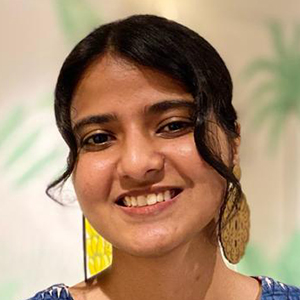 BY
Pritha Pahari
BY
Pritha Pahari
Published: Jul 7, 2025 10:30 AM

TOP STORY

Connected In Faith
Rohit Dogra, Divisional CEO of ITC’s Matches & Agarbatti Division, outlines how Mangaldeep is shaping a tech-led, future-ready spiritual brand
NEWS LETTER
Subscribe for our news letter
Subscribe To Impact Online
IMPACT SPECIAL ISSUES

Suniel shetty takes the Spotlight
Miked Up for Goafest
Get Set Goaaa!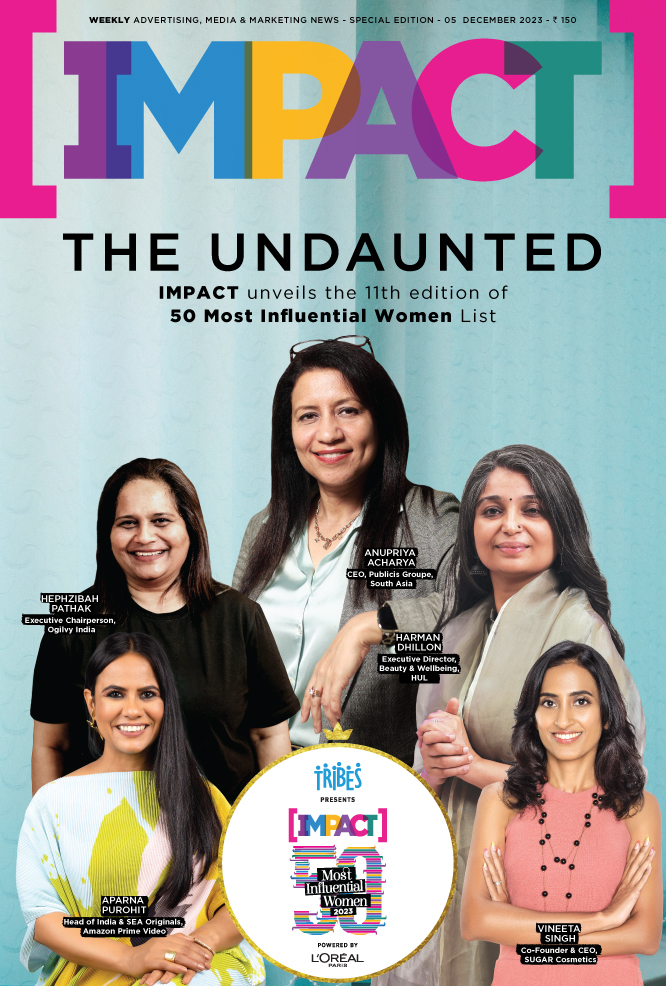
Anupriya Acharya Tops the IMPACT 50 Most Influenti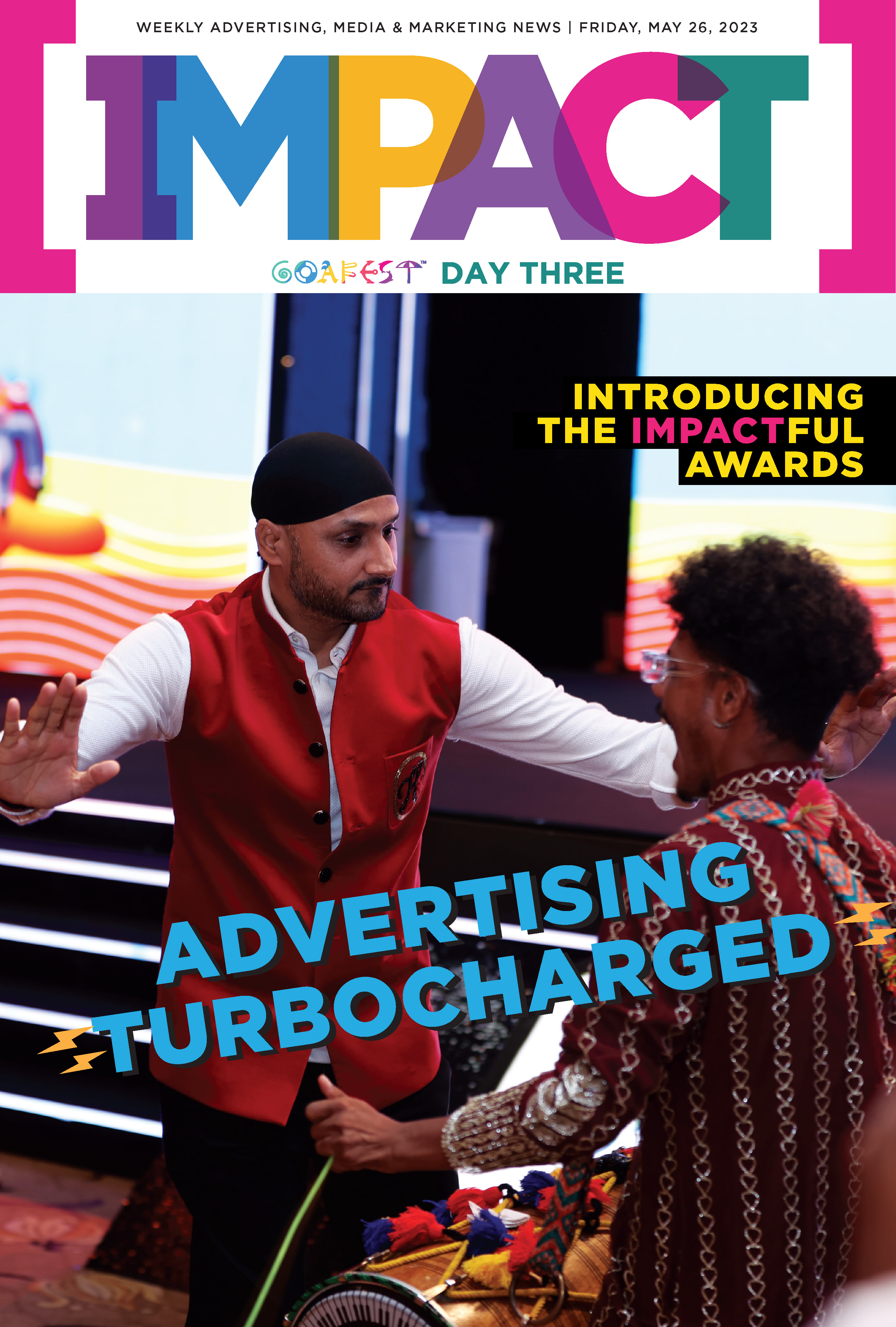
Advertising Turbocharged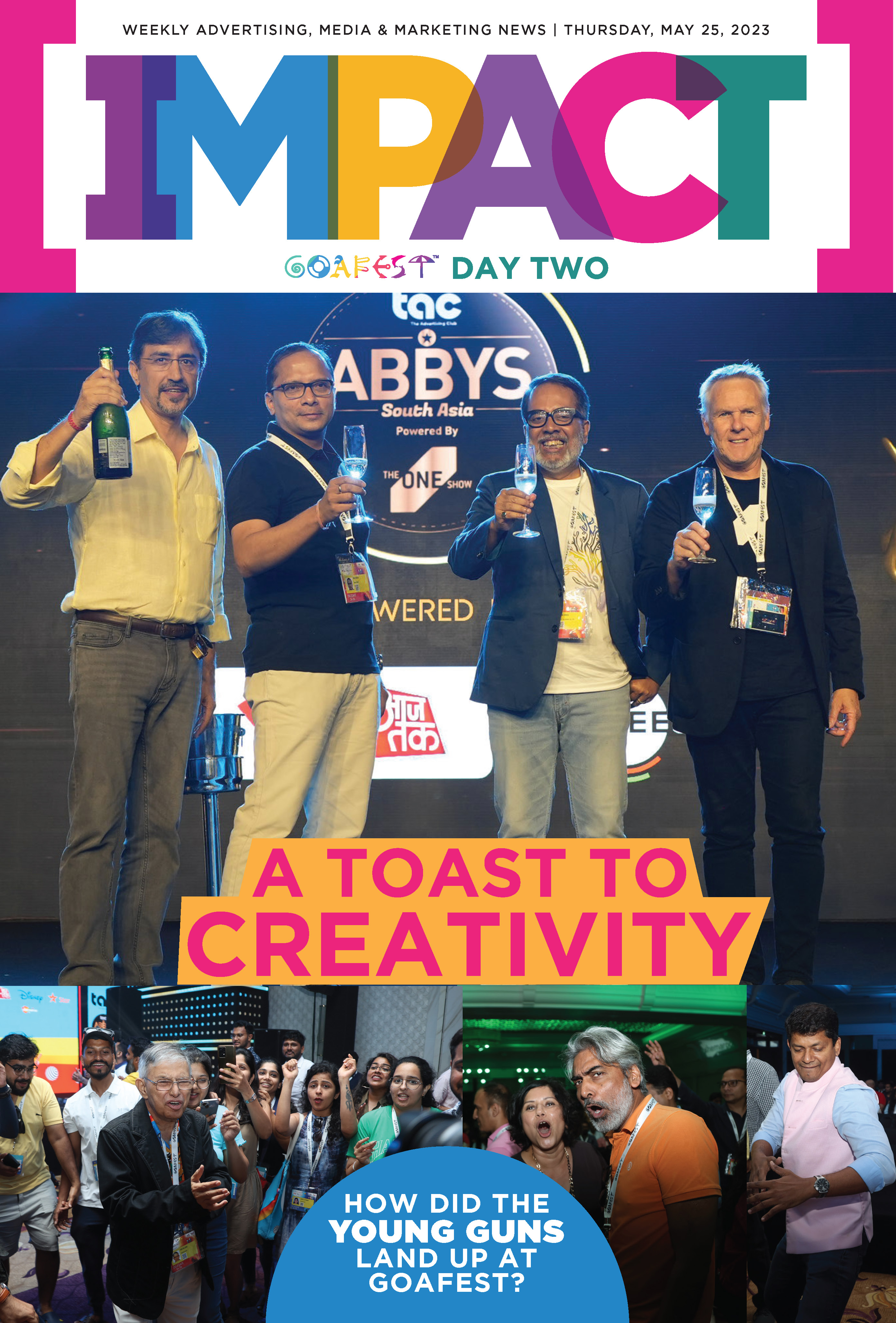
A Toast to creativity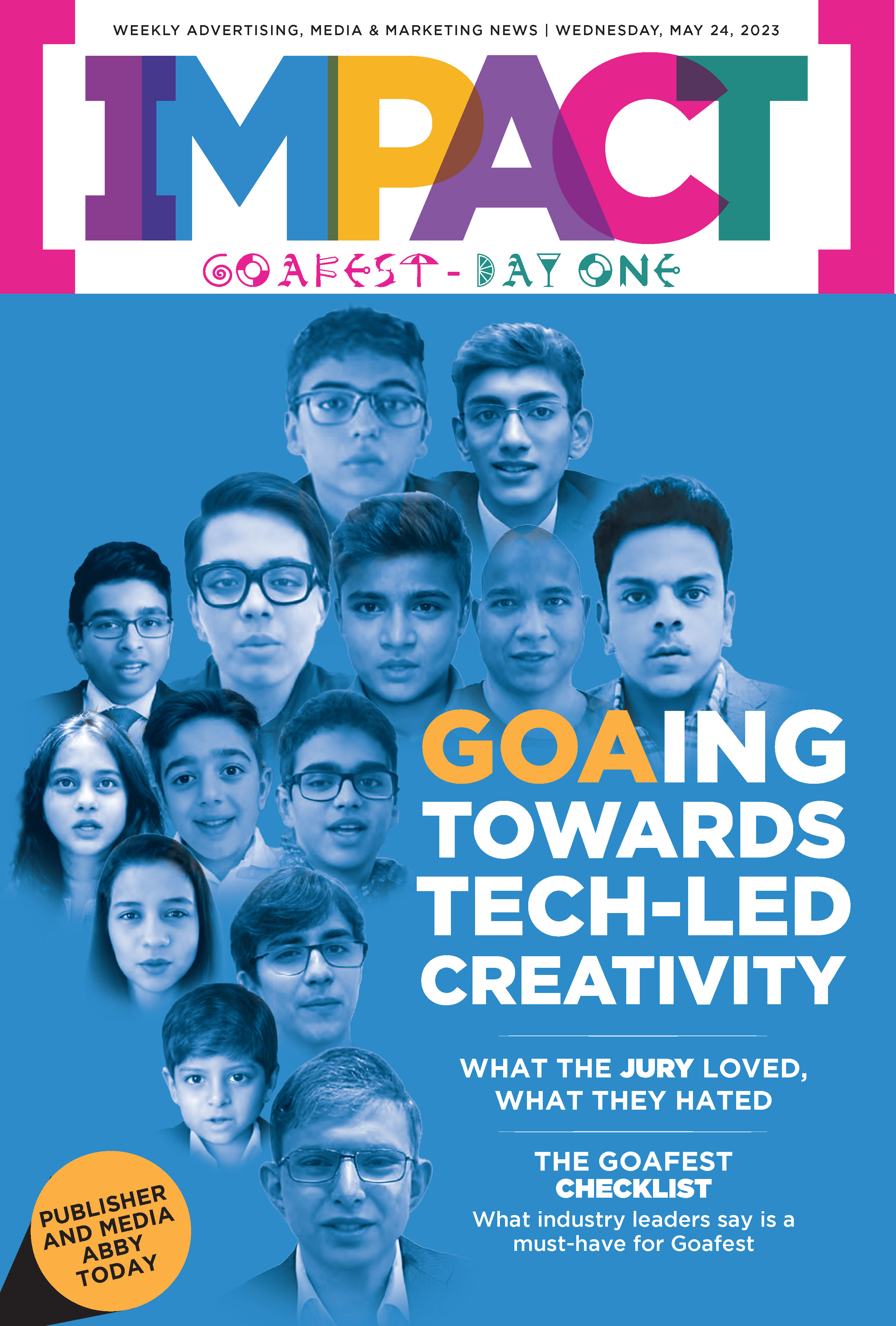
GOAing towards tech-lead creativity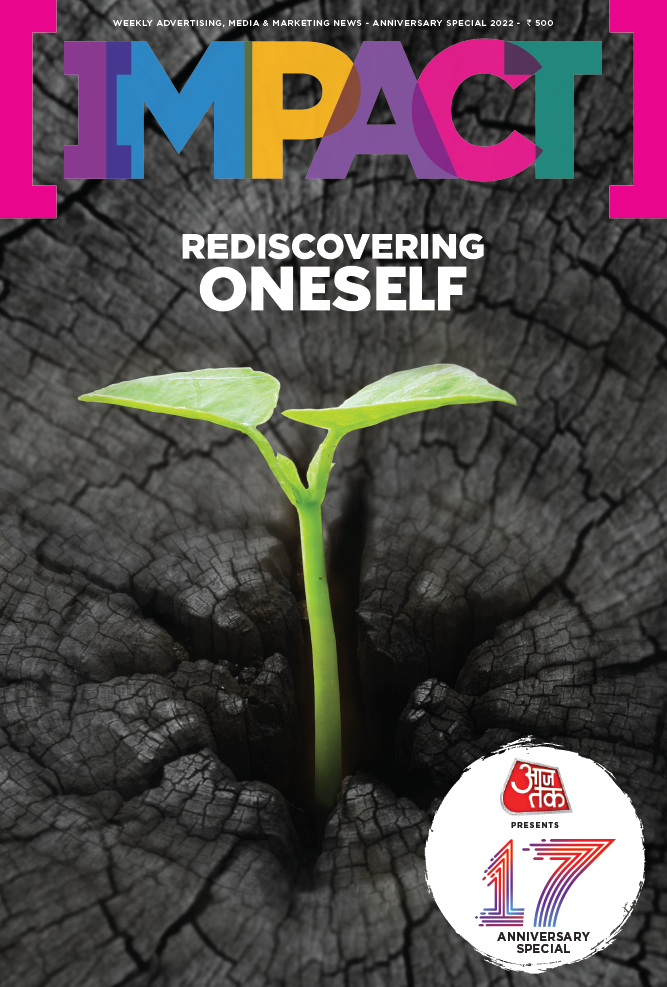
REDISCOVERING ONESELF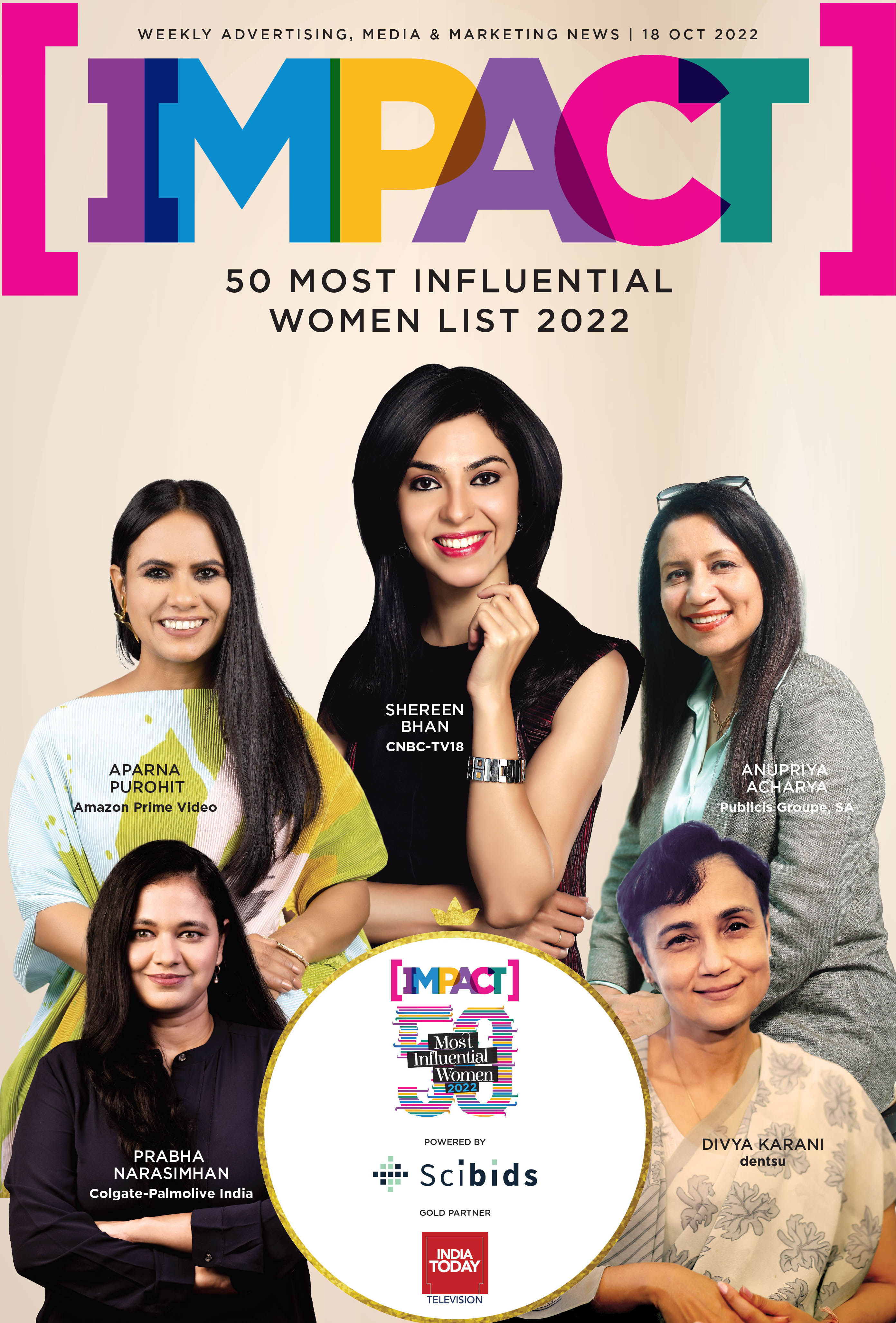
50 MOST INFLUENTIAL WOMEN LIST 2022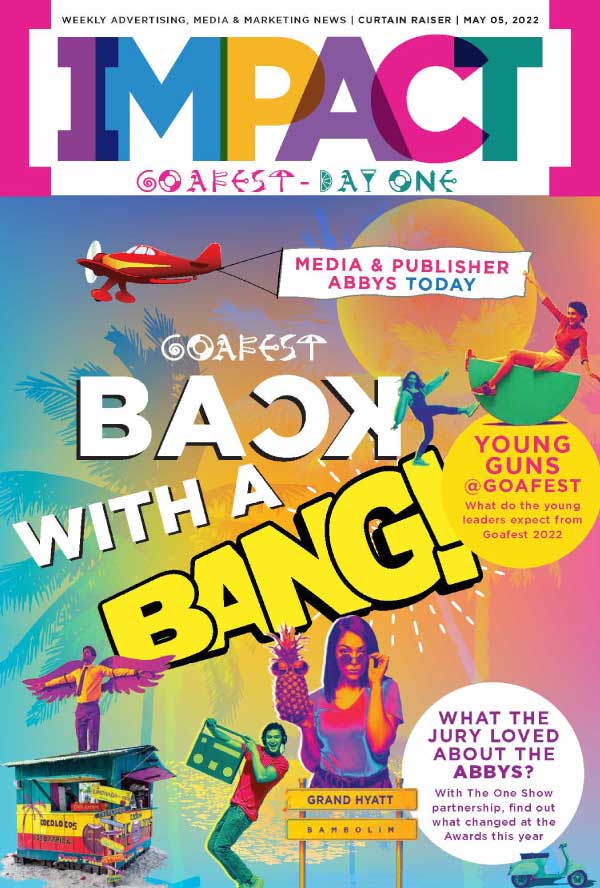
BACK WITH A BANG!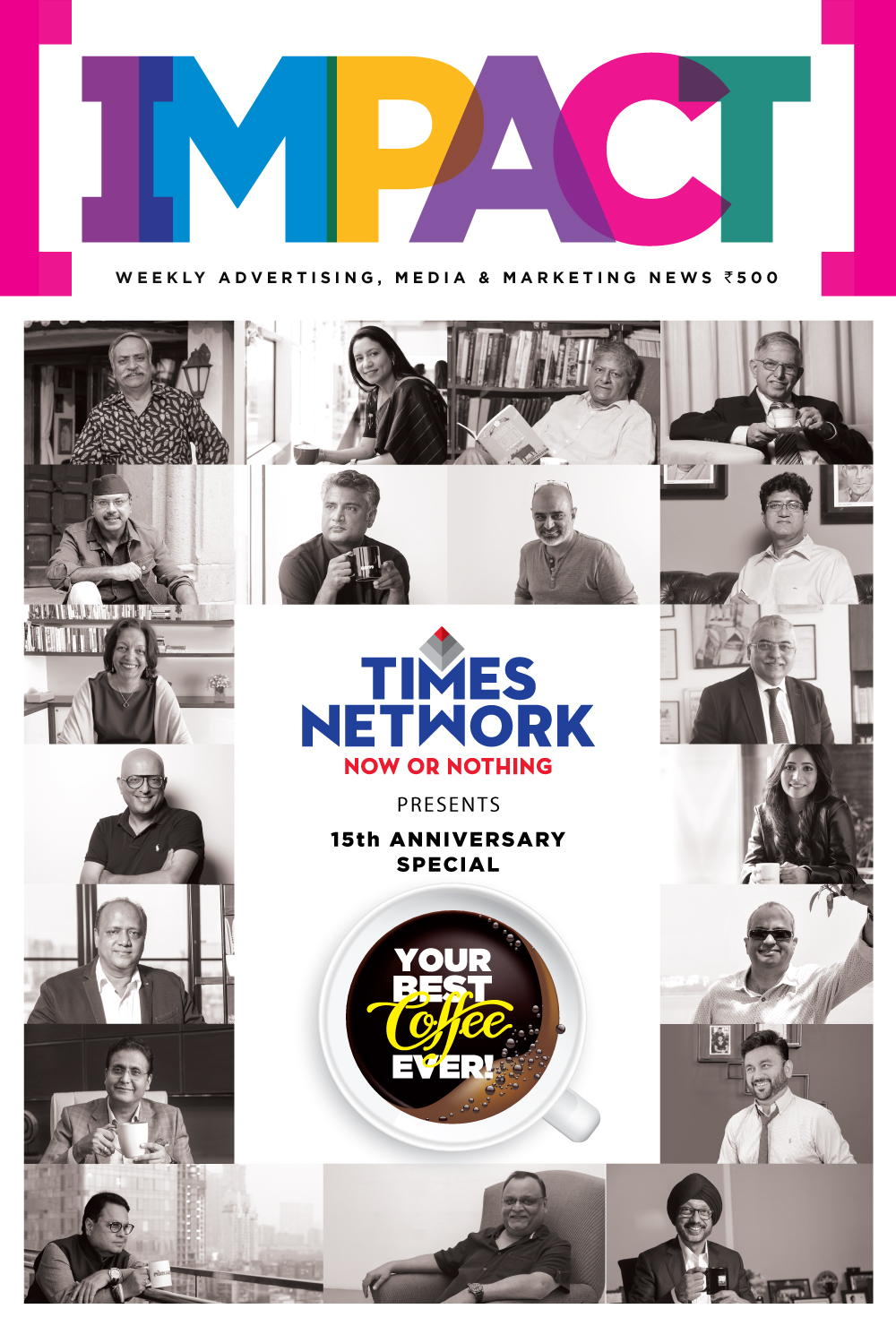
Your Best Coffee Ever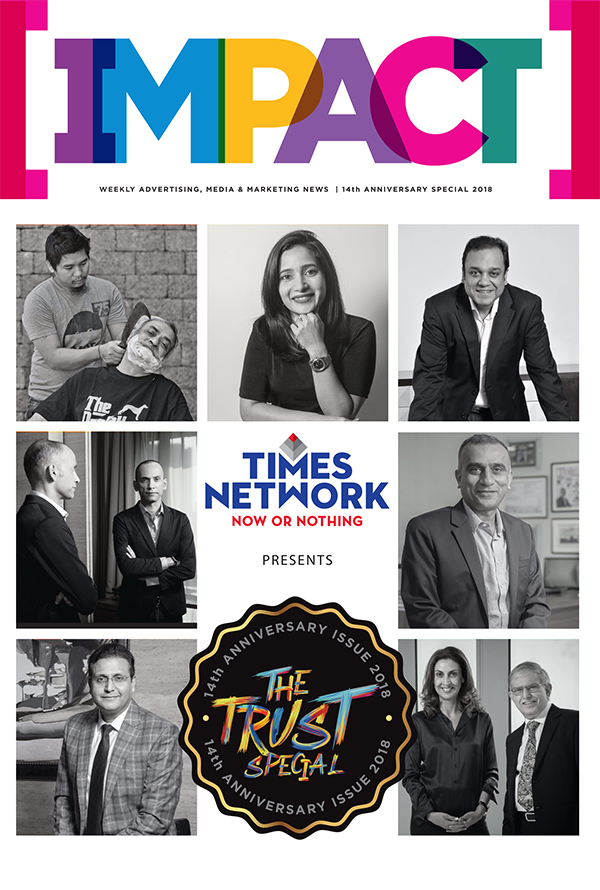
PR Commune Magazine June-July 2022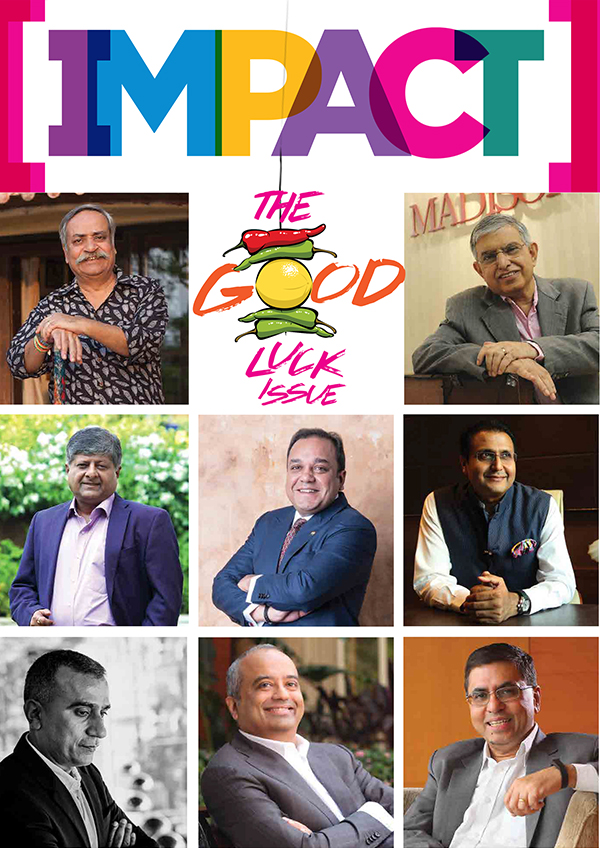
13th-ANNIVERSARY-SPECIAL
PR Commune Magazine April 2022






